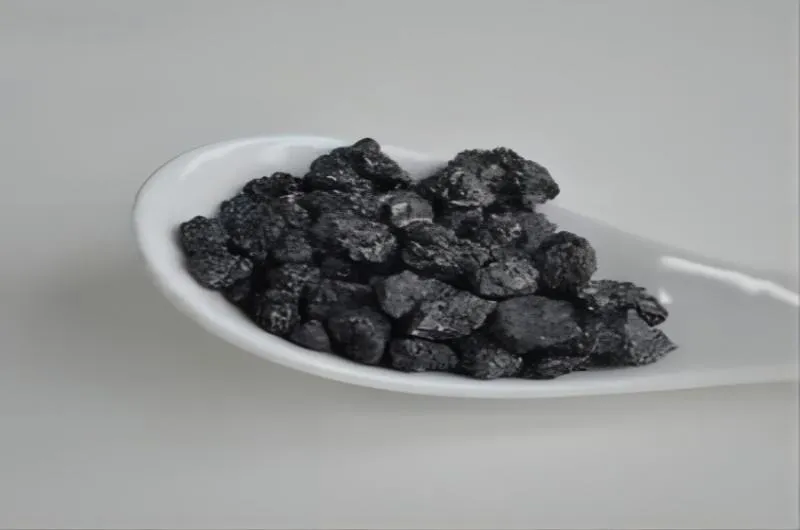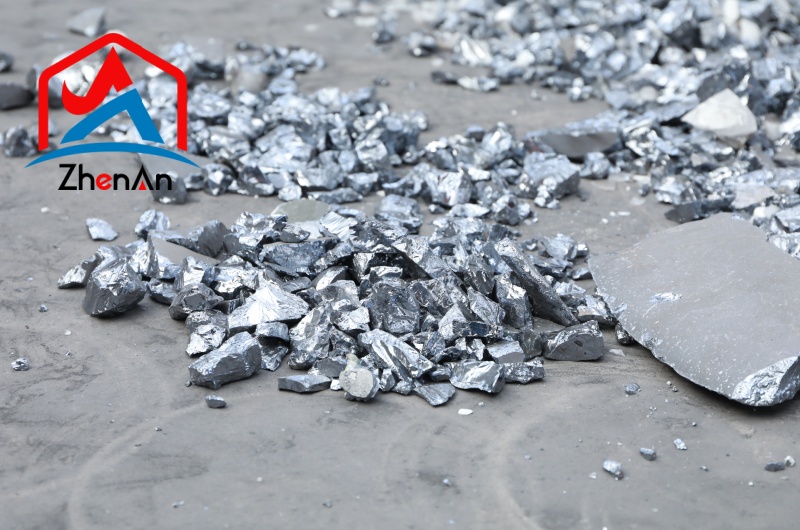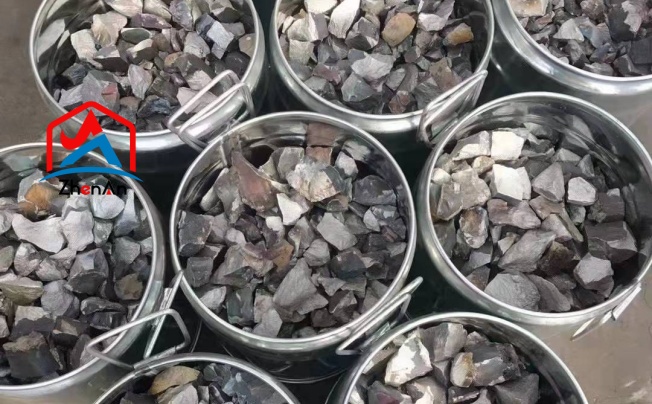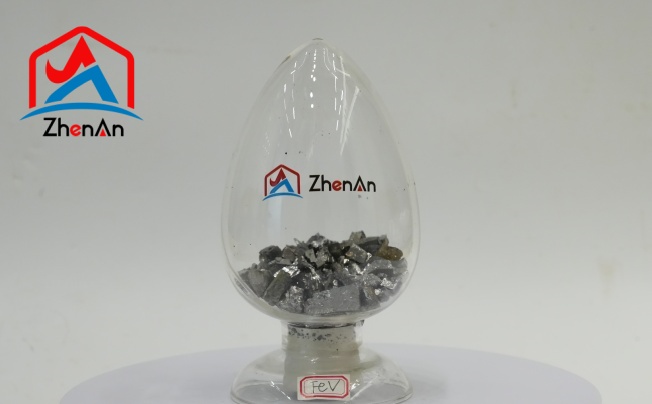BY  GENN
GENN
2024/06
Blog
What Is The Difference Between Graphite Petroleum Coke And Calcined Petroleum Coke?
Definition of Graphite Petroleum Coke (GPC)
Graphite Petroleum Coke (GPC) is a type of carbon material obtained by cooking raw petroleum coke at high temperatures. It possesses a crystalline structure with excellent electrical conductivity and thermal stability properties. GPC is commonly used as an additive in steelmaking processes to enhance carbon content and improve melt quality. Its low sulfur and nitrogen content make it ideal for applications requiring high purity levels.
Definition of Calcined Petroleum Coke (CPC)
Calcined Petroleum Coke (CPC) results from the high-temperature calcination process applied to raw petroleum coke, driving off volatile matter and transforming it into a pure carbon form. CPC exhibits higher carbon content compared to GPC, making it suitable for specialized applications in industries like aluminum production and electrode manufacturing. The calcination process enhances CPC’s mechanical strength and thermal conductivity, making it indispensable in high-temperature environments.
Distinguishing between Graphite Petroleum Coke (GPC) and Calcined Petroleum Coke (CPC) holds immense significance in industrial operations where precise material specifications are paramount. By comprehending the chemical compositions, physical properties, industrial applications, and performance characteristics unique to each type of petroleum coke, stakeholders can optimize processes for enhanced efficiency and product quality. Moreover, recognizing these disparities aids environmental stewardship efforts by selecting sustainable alternatives based on specific requirements tailored to each industry segment’s demands.
Origin and Production Process
Raw Materials for GPC and CPC
Graphite Petroleum Coke (GPC) and Calcined Petroleum Coke (CPC) both stem from the same source: crude oil. However, their distinct production processes and subsequent applications diverge notably.
The primary raw material for both GPC and CPC is a byproduct of the oil refining process known as green petroleum coke (GPC). This substance is a carbonaceous solid with high carbon content, typically containing sulfur, metals, and other impurities.
GPC serves as the foundational material for the production of both GPC and CPC, but their paths diverge in the refining process. In the case of Graphite Petroleum Coke (GPC), the raw material undergoes a specialized purification process to enhance its carbon content and remove impurities.
This process typically involves the thermal treatment of GPC at high temperatures, resulting in the removal of volatile matter and other contaminants. The goal is to achieve a higher carbon content and improve the material’s suitability for specific industrial applications, such as steel and aluminum production.
Conversely, the production of Calcined Petroleum Coke (CPC) involves a more rigorous refining process. After the initial extraction of green petroleum coke, the material undergoes a calcination process, where it is subjected to high temperatures in a controlled environment.
Manufacturing Process of GPC and CPC
The manufacturing process of Graphite Petroleum Coke (GPC) and Calcined Petroleum Coke (CPC) involves specialized equipment and stringent quality control measures to ensure the desired properties are achieved. In the case of GPC, the purification process typically takes place in rotary kilns or fluidized bed reactors, where the raw petroleum coke is subjected to high temperatures in the presence of a catalyst or inert gas. This thermal treatment drives off volatile compounds and reduces the sulfur and metal content, resulting in a product with higher carbon purity.
On the other hand, the production of Calcined Petroleum Coke (CPC) requires a more intensive refining process. After the initial purification step, the green petroleum coke undergoes calcination in a rotary kiln or vertical shaft furnace at temperatures exceeding 1200°C.
During calcination, the coke is heated to drive off volatile matter and further increase its carbon content. This process also improves the mechanical strength and electrical conductivity of the final product, making it suitable for specialized applications such as aluminum production and graphite electrode manufacturing.
Chemical Composition and Properties
Graphite Petroleum Coke (GPC) is primarily characterized by its high carbon content, which typically ranges from 98% to 99%. This high purity level is essential for its application in steelmaking, aluminum production, and the manufacture of various carbon products. The remaining composition includes trace amounts of sulfur, metals, and other elements that influence its quality and performance.
The precise carbon content is crucial because it determines the material’s electrical conductivity, thermal stability, and ability to withstand high temperatures without decomposing. These attributes make GPC a vital material in the production of anodes and a critical component in the steelmaking process.
The impurities in GPC are significant, though typically present in minimal quantities. Sulfur content is usually low, often below 5%, to prevent the formation of sulfur oxides during combustion, which could lead to environmental pollution and operational inefficiencies. Metals such as nickel, vanadium, and iron are also present, but in trace amounts. These metals are typically remnants from the crude oil feedstock and are crucial for determining the coke’s suitability for various applications. The presence of these impurities can affect the physical properties of the coke, including its thermal conductivity and mechanical strength, thereby influencing its performance in high-temperature applications. Furthermore, the structure of GPC is predominantly amorphous carbon with a hexagonal arrangement of carbon atoms.
This arrangement provides the material with excellent thermal and electrical conductivity. Its microstructure is a key factor in its performance, with a dense, crystalline structure contributing to its high density and stability under high thermal stress.
The degree of graphitization also plays a role, with more graphitic materials exhibiting superior properties, such as higher electrical conductivity and better thermal stability. Understanding these properties is essential for optimizing GPC’s performance in various industrial processes.
Industrial Applications
- Graphite Petroleum Coke (GPC) finds its profound utility across a spectrum of industrial sectors, owing to its unique properties and versatility. In the realm of steel production, GPC emerges as a pivotal additive, serving as a cost-effective carbon source. Its high carbon content and low levels of impurities make it an ideal choice for enhancing the carbon content in steel, thereby refining its mechanical properties.
Additionally, GPC aids in controlling the sulfur content during the steelmaking process, ensuring the production of high-quality steel with superior strength and durability. Transitioning from steel to aluminum production, GPC continues to play a significant role.
In the aluminum industry, GPC functions as a crucial carbon additive in the smelting process. Its low ash and sulfur content make it an excellent choice for facilitating the conductivity and stability of the electrolytic bath.
By promoting efficient heat transfer and reducing energy consumption, GPC contributes to optimizing the aluminium smelting process, thereby enhancing productivity and cost-effectiveness. Beyond its contributions to steel and aluminum production, GPC finds applications in the realm of refractories.
Refractories, crucial components in high-temperature industrial processes, rely on GPC as a key ingredient for enhancing thermal conductivity and resistance. By incorporating GPC into refractory materials, manufacturers can achieve superior thermal stability and mechanical strength, thus prolonging the lifespan of refractory linings in furnaces and kilns.
- Calcined Petroleum Coke (CPC) emerges as a cornerstone in various industrial applications, harnessing its unique properties to fulfill diverse requirements. One of its primary applications lies in the realm of aluminum anode production.
In this context, CPC serves as a crucial component in the manufacturing of prebaked carbon anodes used in aluminum electrolysis. By imparting high electrical conductivity and mechanical strength to the anodes, CPC facilitates efficient electrolytic processes, ensuring the production of high-purity aluminum with minimal energy consumption.
Furthermore, CPC plays a pivotal role in the production of graphite electrodes, which serve as essential components in electric arc furnaces for steelmaking and other metallurgical processes. As a primary raw material, CPC undergoes further processing to produce graphite electrodes with tailored properties, including high thermal conductivity and mechanical strength.
These electrodes enable precise control over the melting and refining processes in steelmaking, contributing to the production of high-quality steel with enhanced performance characteristics. Expanding its utility beyond aluminum and steel production, CPC finds applications in the formulation of carbon paste.
Carbon paste, a composite material comprising CPC and binder agents, serves as an essential component in various industrial processes, including the production of carbon electrodes and fuel cells. By leveraging the unique properties of CPC, such as its high carbon content and low impurity levels, manufacturers can produce high-performance carbon paste formulations tailored to specific application requirements, thereby driving efficiency and reliability in industrial operations.












